In the year 2015, we decided upon a naming theme of hill running races located in Scotland. Therefore, all the calves that were born in 2015 were subsequently given a name from this theme. Some of which I’d have had no idea how to pronounce had I not been told. These reindeer – who are now 8 years old – wear a white ear tag with a number between 900 and 950. Hill running appears to be a common activity amongst reindeer herders. Perhaps it’s an occupational hobby. A way to keep fit for the physical nature of reindeer herding, or indeed capitalise on the miles that are done on the job by trying to win a few competitions. In this blog I will explain a bit about the races that are responsible for five reindeer names.
Scolty is a tall and handsome chap. He’s a fantastic “Christmas Reindeer”, a highly experienced and reliable sleigh-puller. He’s named after a race in Deeside, located just south of the town of Banchory. At the top of Scolty Hill there is a tower – measuring 20 metres high – that was built in 1840. The race has a distance of 7.2km with an ascent of 396 metres.
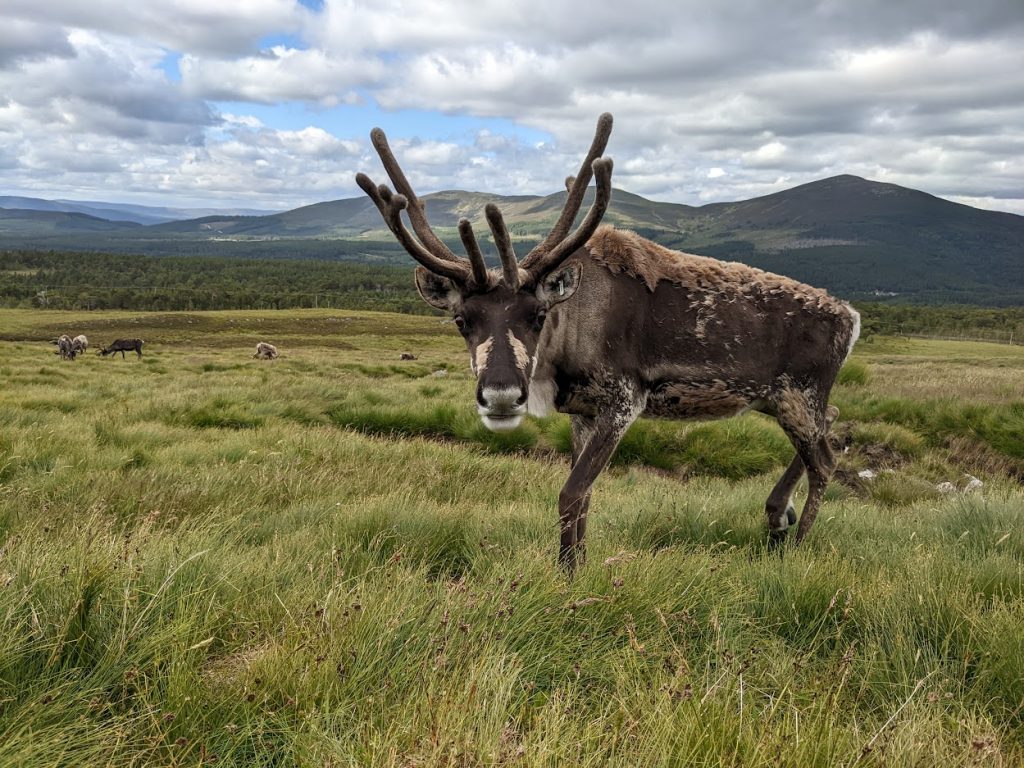
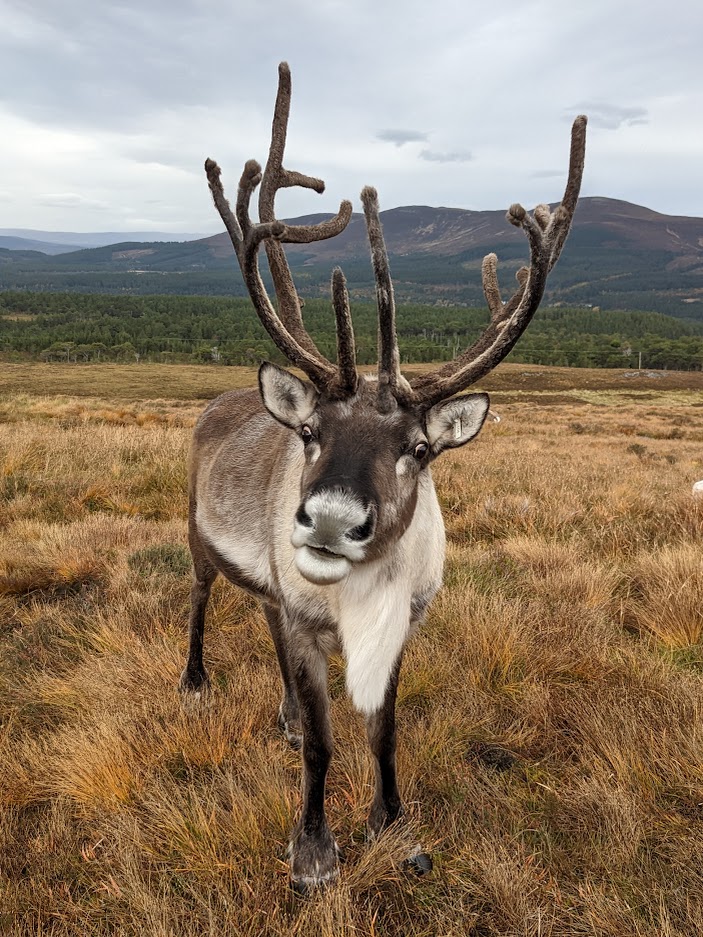
Morven is a beautiful breeding female who grows a unique set of antlers year after year. The Morven hill race occurs on Morven hill and is 8km long with an ascent of 640 metres. It is one of the favourite races of Alan Smith. It is located near to the village of Dinnet in the Aboyne area (Aberdeenshire). Dinnet is the first village along the River Dee to be located in the Cairngorms National Park.
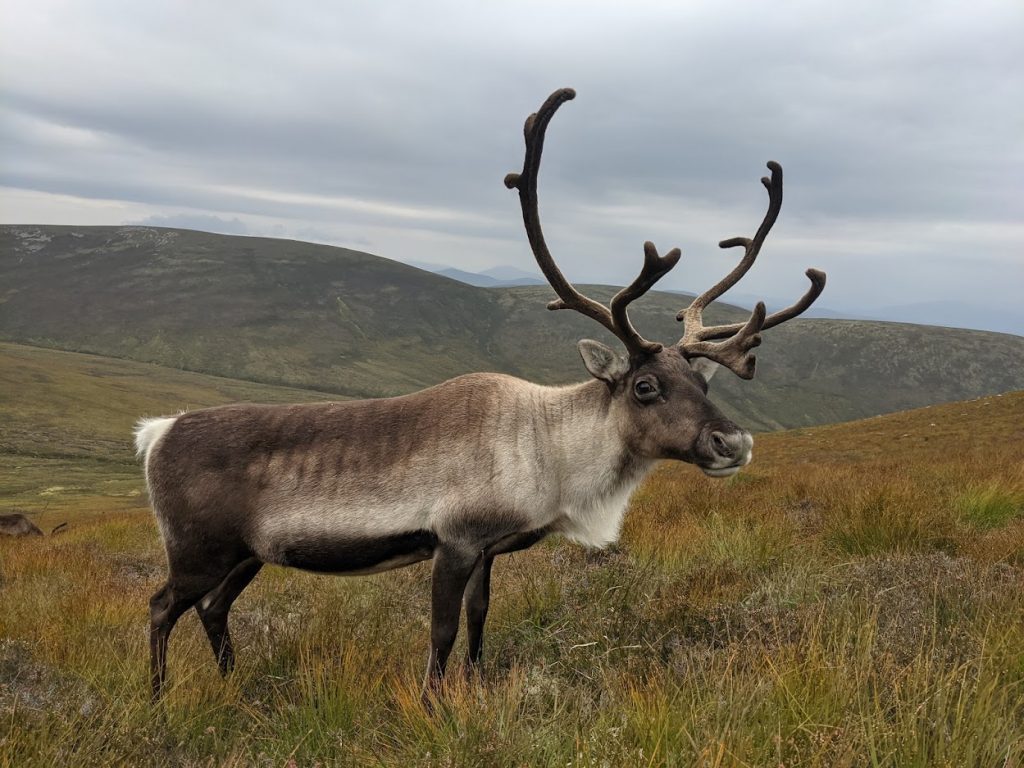
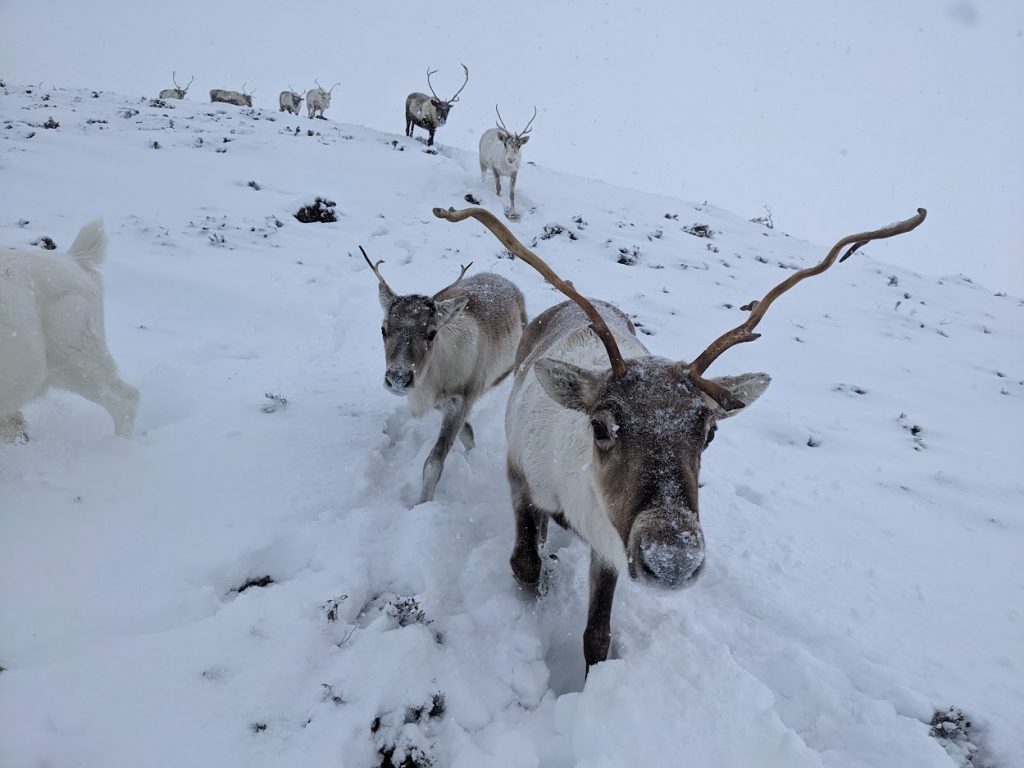
Tap is a dark-coloured breeding female, she’s one of the shyer reindeer in the herd but very beautiful. She gets her name from the hill race Tap O’Noth which is a 7.9km race starting out from Rhynie, a village in Aberdeenshire. There is approximately 390 metres of ascent. With Tap’s athleticism, I’d fancy her chances if she was to compete in the race. What’s the prize? 7.9 kilograms of lichen?
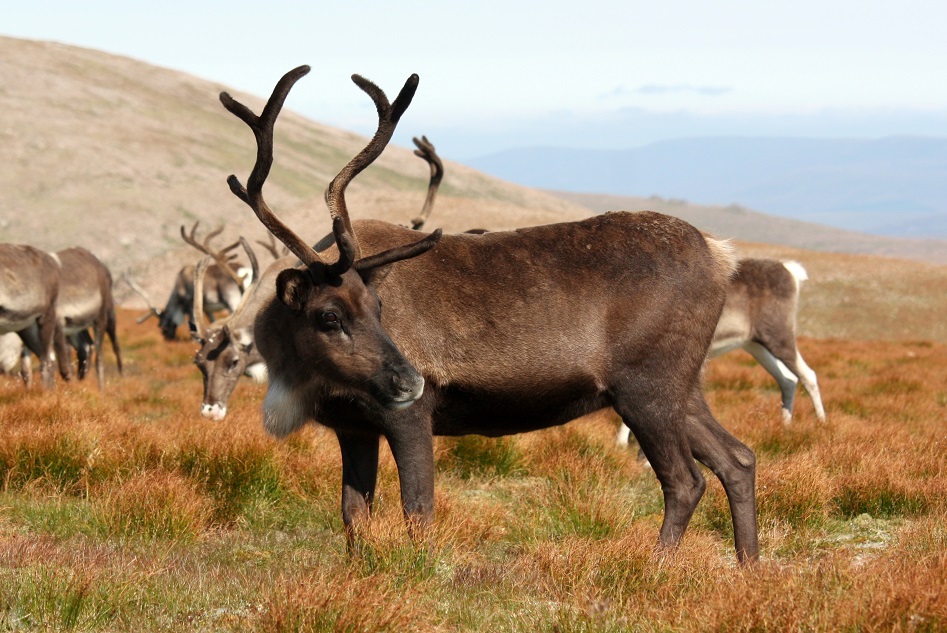
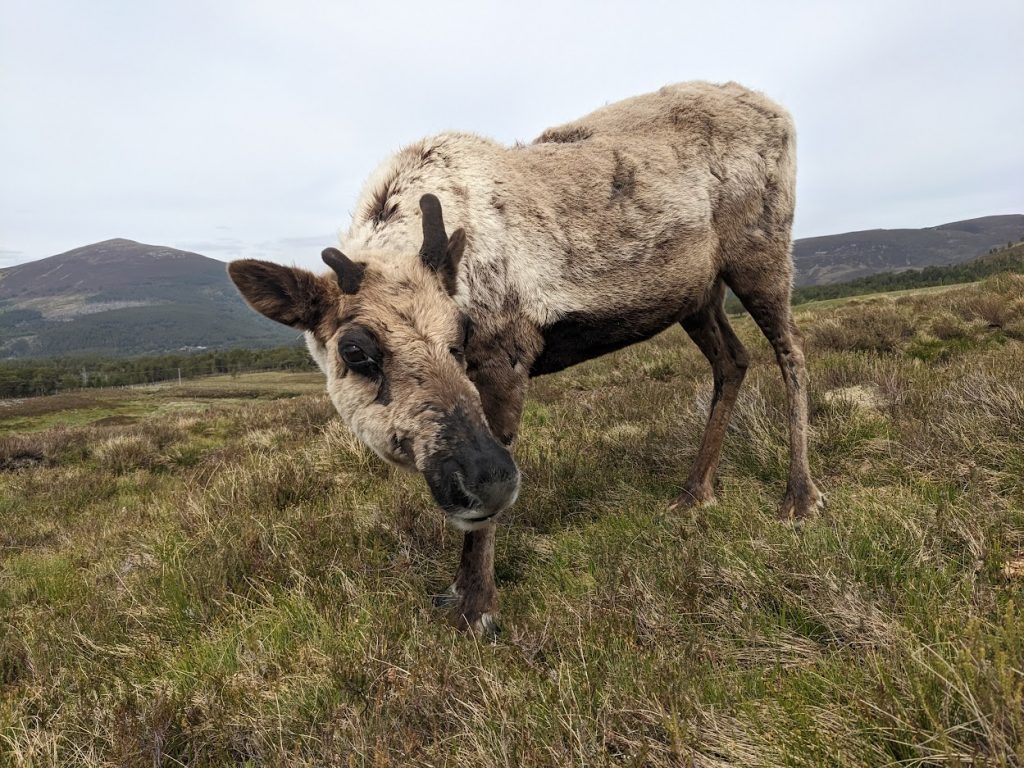
Ochil is a distinctive lass with a white patchy face and a big personality. She’s a good mum and is also a granny. Ochil is named after a long-distance hill race starting out from Stirling University. Its route travels through the Ochil Hills, hills formed from a thick wedge of Devonian age volcanic and volcano-sedimentary rocks. Reindeer herder Joe is planning to compete in this year’s race as it is one of the races selected for the 2023 Scottish hill running championships. He’ll have to navigate through 1200 metres of ascent over the distance of 31.2km. The etymology of the name Ochil – recorded as Okhel – is thought to be Pictish in origin and may derive from the old word ‘ogel’ meaning ‘ridge’.
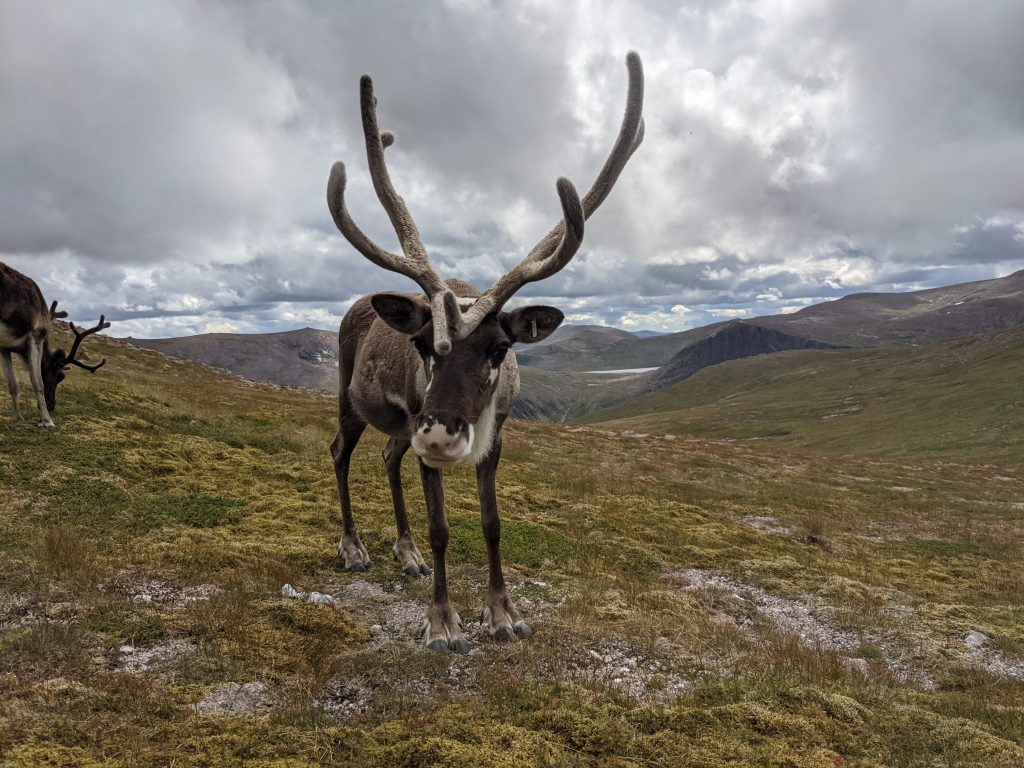
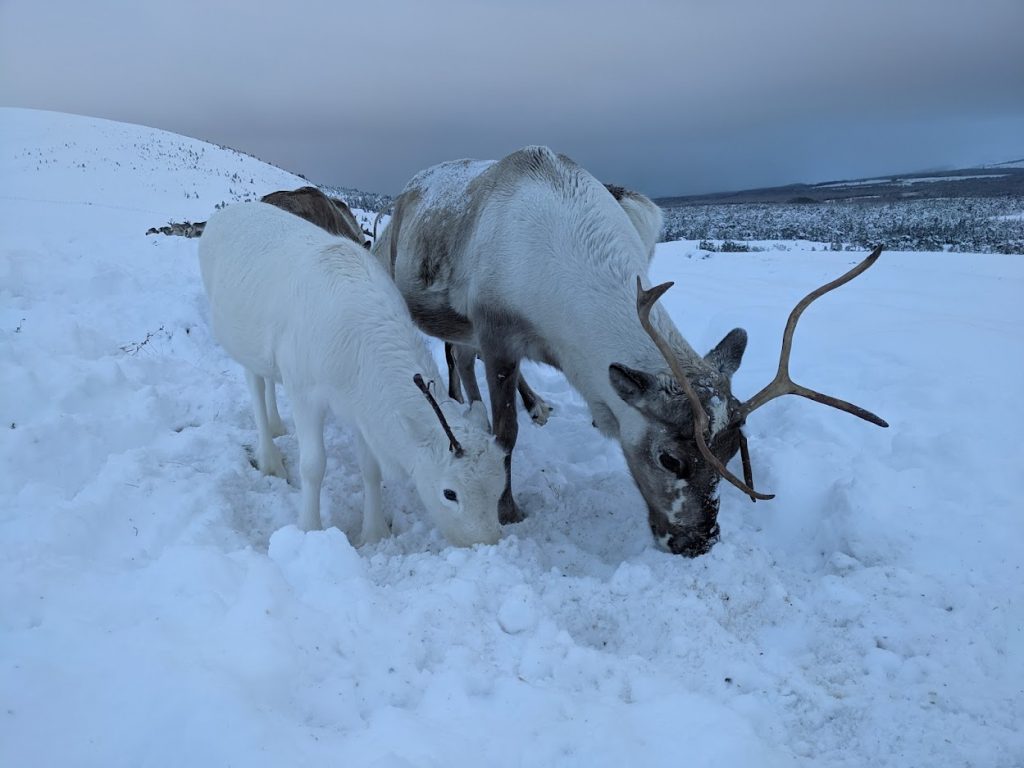
Suidhe (pronounced Sue-e) is a good mother but a rather shy lass, and can be fairly suspicious of what our intentions are but she can usually be won over by her greed! Suidhe is one of our local hill races. It starts from the Kincraig village green and has an approximate distance of 5km, with roughly 250 metres in ascent. The hill must be an important part of the local community because Kincraig’s pub takes its name from it.
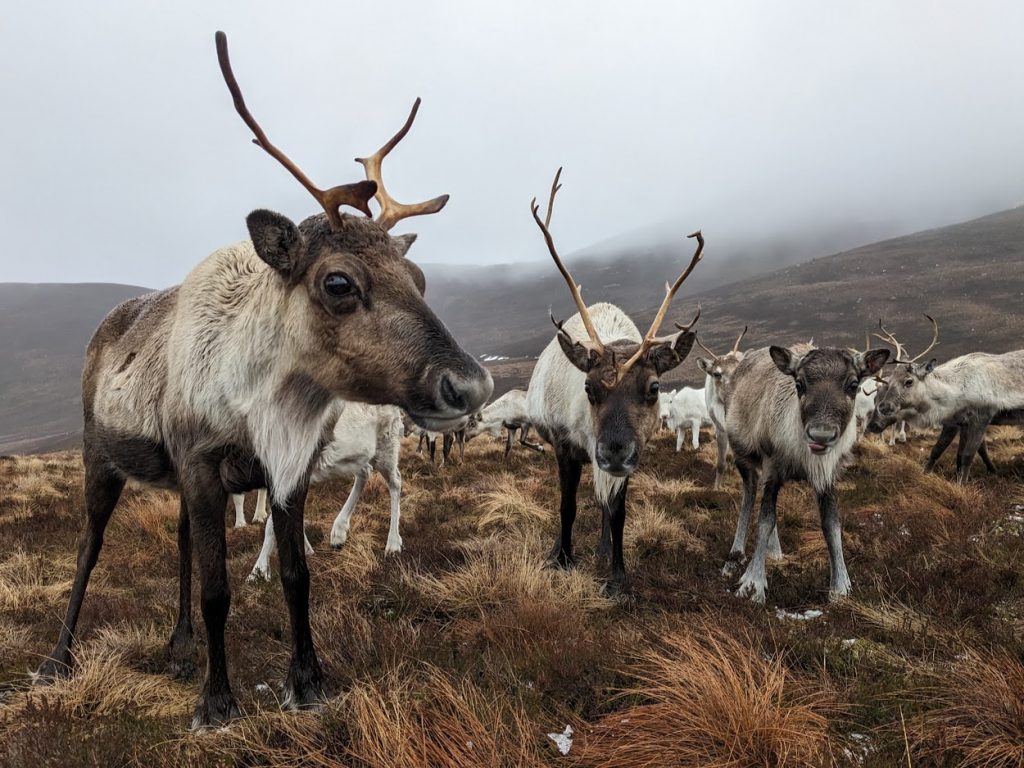
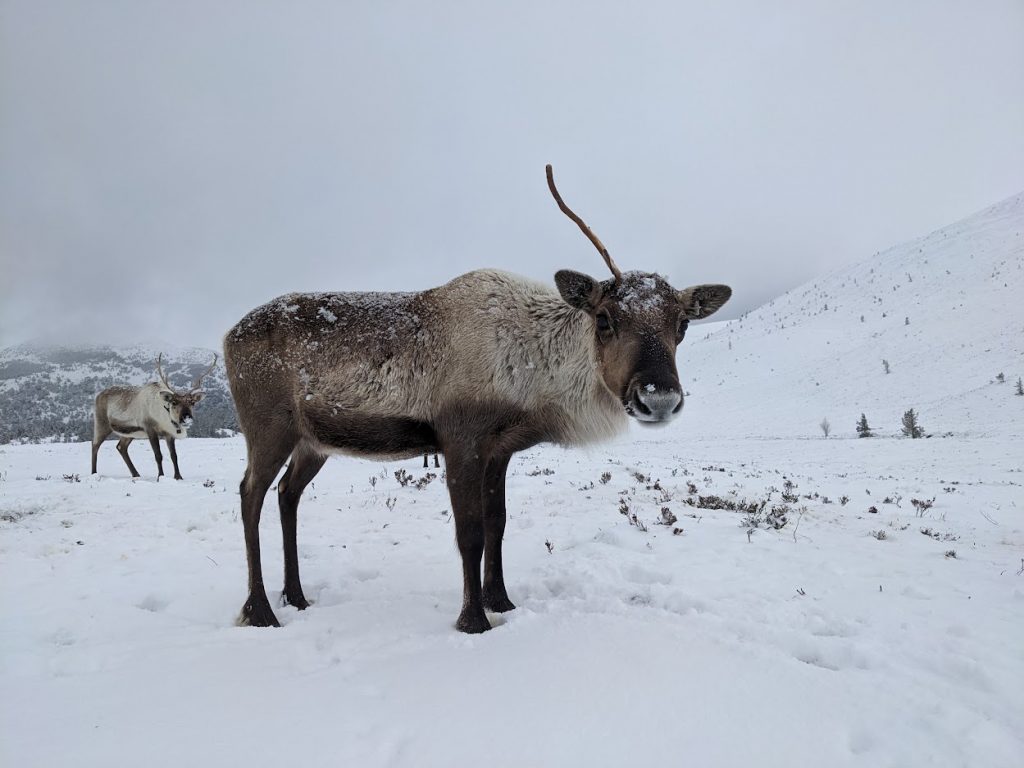
Ben
